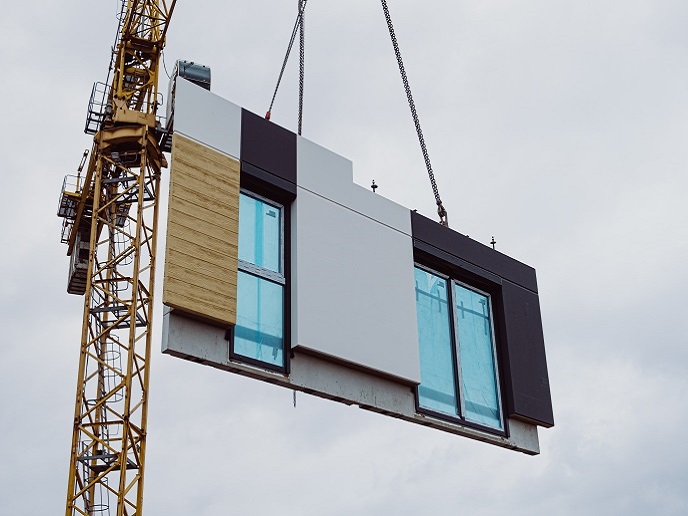Local solutions promoting a circular economy for renovations
Building renovation is often held up as a pathway to sustainability. Yet the reality can fall short. “Despite their sustainability claims, most renovation solutions perpetuate the linear economy,” says Ana Tisov, coordinator of the EU-funded Drive 0 project. “We need a paradigm shift to the circular economy.” Drive 0 conducted pilots in seven countries with very different local contexts: Estonia, Greece, Ireland, Italy, the Netherlands, Slovenia and Spain. Learning from the first generation of renovation-themed Horizon 2020 projects, the project aimed to put as much emphasis on end users and local context as it did on technology and business models. “Putting circular renovation principles into practice, we raised skill levels within the building industry, partly thanks to our innovative tools, still in use,” adds Tisov. “Despite some initial reservations, we have received really encouraging feedback from homeowners.”
‘Plug and play’ solutions
The Drive 0 pilots encompassed a mix of social and private housing, with the renovations supported by either public funds, EU subsidies or private investment. The work was undertaken by local industry and academic partnerships. After identifying the needs of each building, including assessing the total life-cycle performance, including material flows and energy use, the most sustainable approach was identified. To reduce construction time, cost and disruption, Drive 0 designed a ‘plug and play’ modular solution which leverages the local marketplace, knowledge, skills and building materials. The Dutch pilot demonstrated a complete net zero retrofit, including a refurbishment of the envelope of terraced housing using prefabricated panels, reusing masonry and window frames, and recycling glass panes and stones into new products such as glass wool insulation. “Our approach, of great interest to the local government, used more circular techniques than expected. The work was completed in seven days, but we could get this down to three with further optimisation,” notes Tisov. Meanwhile the Irish pilot improved the energy efficiency of two-storey semi-detached social houses constructed of masonry block cavity walls with a solid concrete ground floor, timber first floor and attic timber roof. A pre-existing light gauge steel structural wall system was adapted to retrofit an external wall insulation system, with modular wall panels added onto the front alongside triple-glazed windows. One house had a mechanical ventilation system added, including heat recovery, along with solar panels. While still being monitored, preliminary results indicate annual primary energy savings of 55-85 %, with accompanying CO2 emission reductions. What is probably the first demonstration of modular circular retrofit systems in Ireland has instigated discussion among industry and state agencies. “These demos highlight why local context is crucial to circular renovation. In the Netherlands, the recycled building material trade is well established and so uses second-hand material certification, but in Ireland that isn’t the case,” explains Tisov. Consortium members are currently advising on a national circularity roadmap for the construction sector.
Steps along the transition pathway
The pilots in Drive 0 demonstrate that, as well as technical innovations such as computer-aided manufacturing for precision parts, achieving the paradigm shift to circular renovation depends on a fundamental transformation of the marketplace, with suppliers taking responsibility for the life cycle of their products. Therefore, Drive 0 delivered training courses, alongside their pilots, to increase knowledge and skills about circular renovation techniques. An interactive digital toolkit called circular homes has also been launched. It targets principally householders and includes tips on aspects such as water use and insulation. “When Drive 0 began, consumers and industry struggled with the circularity concept, now the focus has shifted to debates about implementation,” concludes Tisov.
Keywords
Drive 0, building stock, renovation, prefabricated, circular, refurbishment, circularity, social houses



